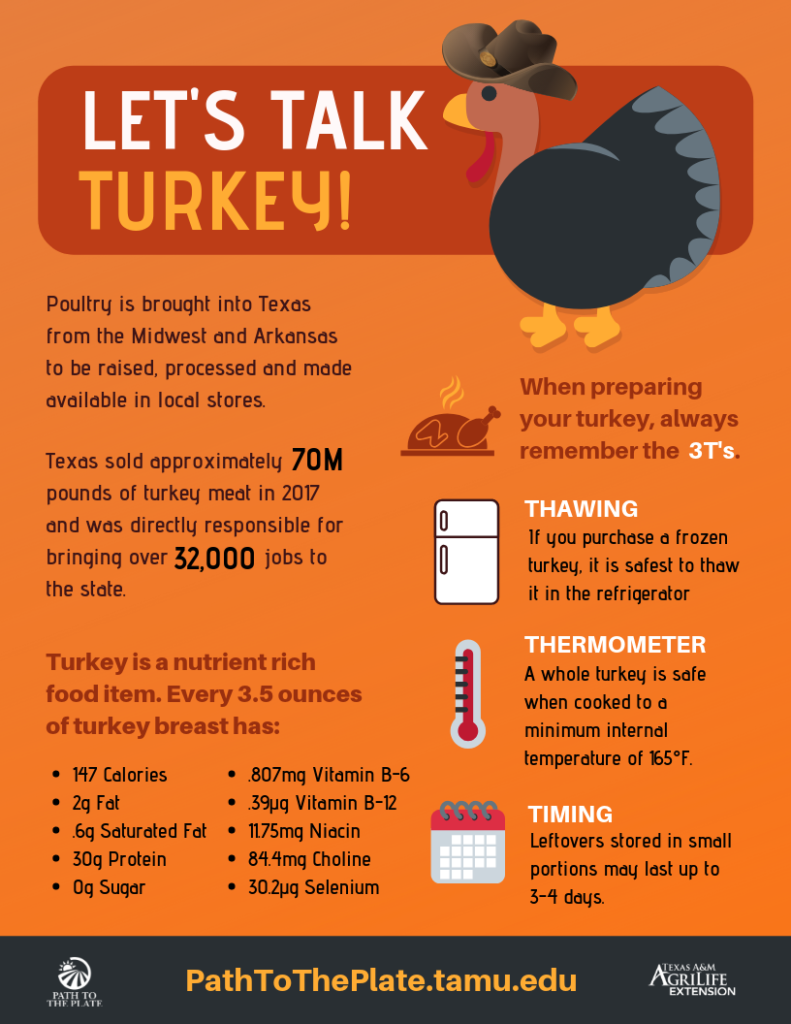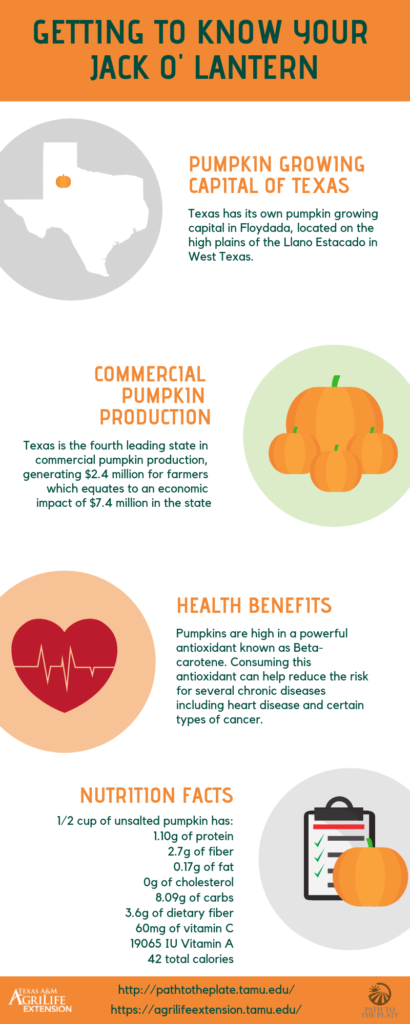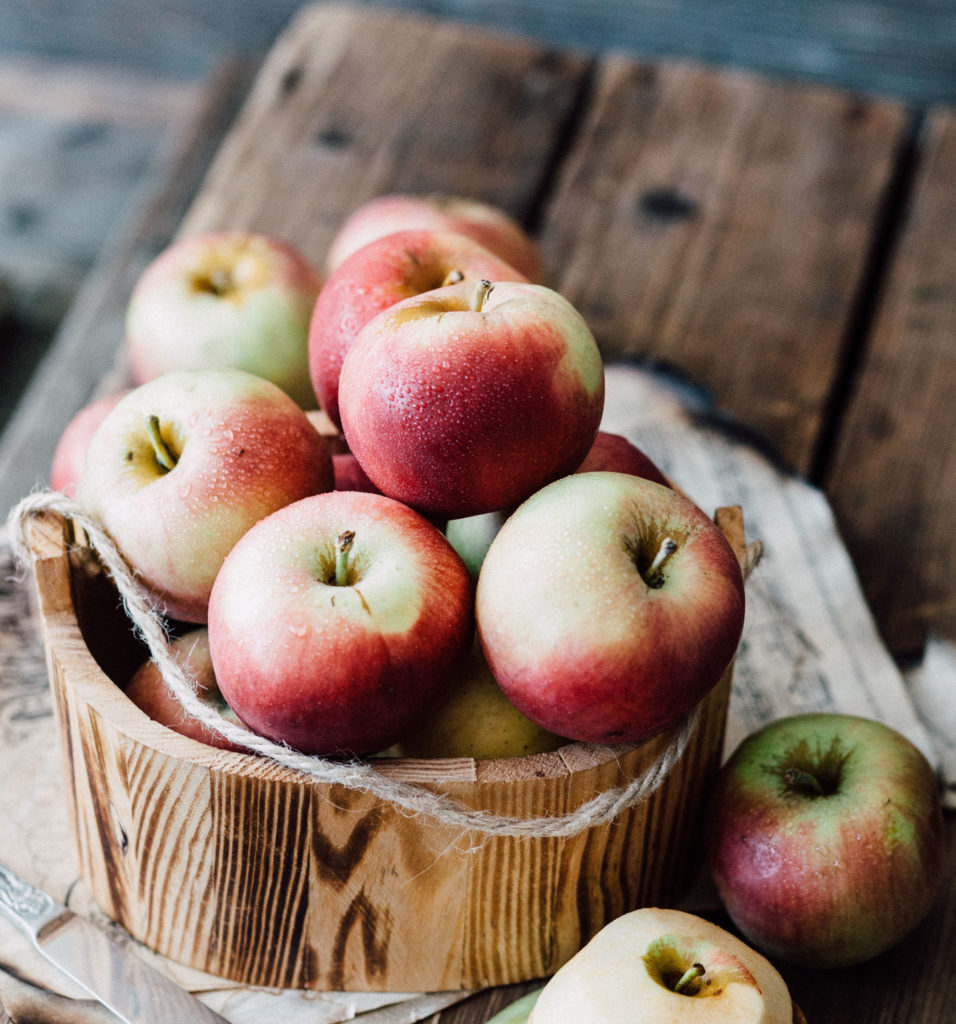Cole crops include broccoli, cabbage, cauliflower, kohlrabi, collards, and Brussels sprouts.These are all cool-season crops that can be grown successfully in most Texas home gardens if planted at the right time. Brussels sprouts and cauliflower are the hardest to grow while kale, collards, broccoli, and cabbage are the easiest. For most gardens, broccoli is an ideal choice because it produces quickly, and each plant can be harvested several times.
Grow it:
Varieties:
- Broccoli
- Green Magic
- Pacman
- Cauliflower
- Snow Crow
Planting:
- Most cole crops need 18 to 24 inches between plants and 36 inches between rows.
- Start with good transplants which can be bought from a nursery or garden center.
Fertilizing:
- Creating raised beds about 6 to 8 inches high is most important in heavier soils as they do not drain very well.
- Water fertilizer into the soil.
Watering:
- Keep soil moist but not soaked.
Harvesting:
- Cauliflower – Cut center heads when they are tight. Overly mature heads become open and loose.
- Broccoli – Cut center heads when the very first flower shows the slightest yellow color. Leave side sprouts for later harvest.
- Brussels sprouts – Sprouts appear between leaves and the main stem on lower leaves first. They must have cool weather for best quality. When the sprouts are about 1 inch in diameter and the lower leaves begin to turn yellow, cut off lower leaves and remove sprouts with your fingers or a knife. New sprouts form higher up the stem as the plant grows.
- Cabbage – Harvest when the head becomes firm. This can be tested by pressing with the thumb in the center of the head. Cabbage holds longer in the garden after maturity than others.
- Broccoli, cauliflower, and Brussels sprouts should be harvested as soon as they are ready. Delayed harvest results in tough, poor quality produce.

Buy it:
- Choose odorless broccoli heads with tight, bluish-green florets.
- Choose cauliflower with compact, creamy white curds and bright green, firmly attached leaves.
- Avoid brown spots or loose sections that are spread out.
Store it:
- Refrigerate broccoli and use within 3 to 5 days.
- Refrigerate cauliflower in a plastic bag for up to 5 days.
Use it:
Easy Broccoli and Cauliflower Salad
Ingredients:
- 4 cups cauliflower florets
- 4 cups broccoli florets
- 1/2 cup water
- 1/4 cup skim or 1% milk
- 4 oz fat free cream cheese cubed
- 1/2 cup plain, fat-free yogurt
- 1 cup reduced-fat, shredded sharp cheddar cheese
- 10 low-sodium saltine crackers crushed (about 1/3 cup)
- 2 Tbsp grated or shredded Parmesan cheese
Instructions
- Rinse the broccoli and cauliflower. Cut into florets.
- Place vegetables and 1/2 cup water in skillet.
- Cover with the lid and allow to steam over high heat for 3 min. or until tender.
- Add milk to the skillet. Reduce to low heat.
- Cut cream cheese into cubes and add to skillet.
- Allow cream cheese to melt. Stir occasionally.
- Add yogurt to skillet. Stir to coat.
- Sprinkle with shredded cheddar cheese and allow it to melt.
- Mix cracker crumbs and Parmesan. Sprinkle over vegetables.
Learn more!
Cole crops are free of fat, saturated fat, and cholesterol. They are low in sodium and calories. Cole crops are recommended sources of Vitamin C, folate, fiber, and potassium.
All information gathered by Aggie Horticulture. For more information about spinach and greens, or other vegetables, visit Aggie Horticulture. For a downloadable version of this page, click here.






